When Lady Chatterley joined Tinder
- Published
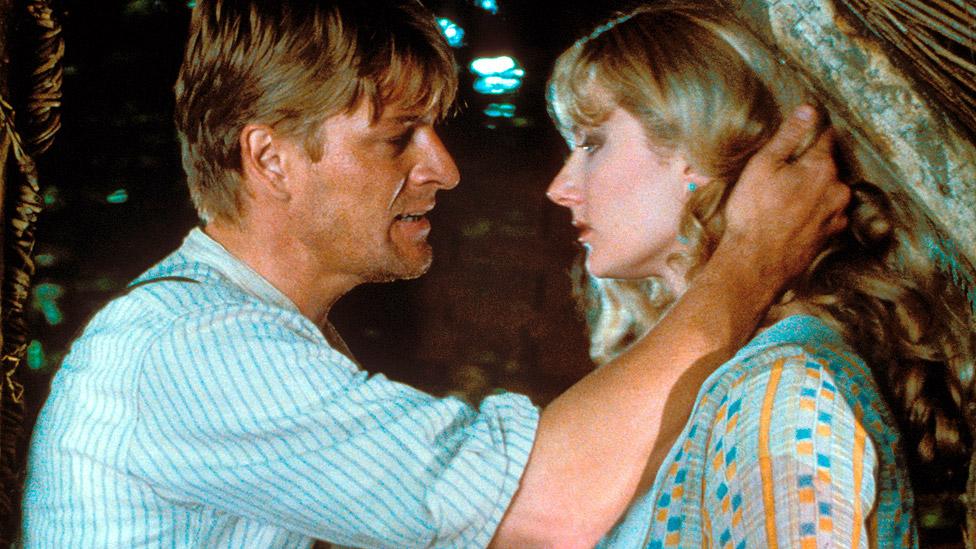
Sean Bean and Joely Richardson starred in the BBC's Lady Chatterley in 1993
When the passionate heroine of DH Lawrence's infamous 1928 novel Lady Chatterley's Lover was looking for romance, she turned to her gamekeeper. Now, she's joined dating app Tinder - with the help of artist Libby Heaney.
"There's lots of good fish in the sea... maybe," Lawrence wrote in Lady Chatterley's Lover.
"But the vast masses seem to be mackerel or herring, and if you're not mackerel or herring yourself you are likely to find very few good fish in the sea."
If only Lady Chatterley, in her search for the perfect catch, had been on Tinder.
In the book, frustrated by her war-wounded, impotent husband Clifford, Connie Chatterley risked scandal by embarking on a steamy affair with their working class gamekeeper Oliver Mellors.
Now, 90 years after the book was written, Lady Chatterley has turned to Tinder and been flirting with modern men. Sort of.
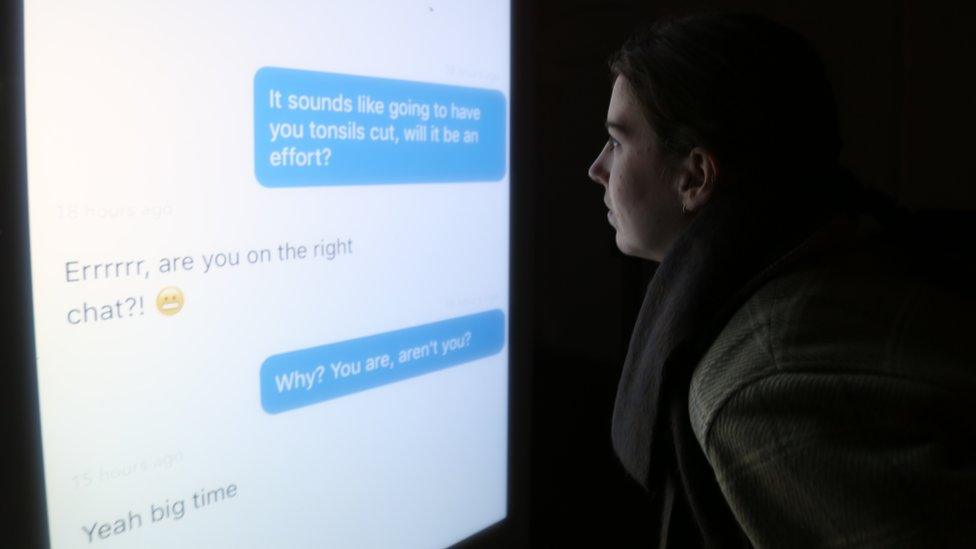
Lady Chatterley's Tinderbot conversed with real men, using only lines from the book
Lady Chatterley's presence on Tinder has come courtesy of Libby Heaney, who has created a profile for the character and programmed a bot to chat with real men, using only lines from the book.
She also created profiles for Clifford and Mellors.
After around 800 conversations with real romance-seekers, the exchanges are part of an artwork called Lady Chatterley's Tinderbot, which will be exhibited for the first time in the UK at the Lowry arts centre in Salford from Saturday.
Lady Chatterley's lines are in blue:


Heaney said she was interested in exploring "how Tinder changes how we interact with each other, and changes our views on dating and love and relationships and sex".
Her bot automatically swiped left or right on a person's profile and entered into conversations using the character's original dialogue.
"If Lady Chatterley is repeating the same types of conversations, you will always get some people who just ask for sex, you'll get some people who are really lonely, who seem nice, and some people who are really confused by the whole thing," Heaney says.
A few Tinder users even worked out where the lines were from and replied using quotes themselves.
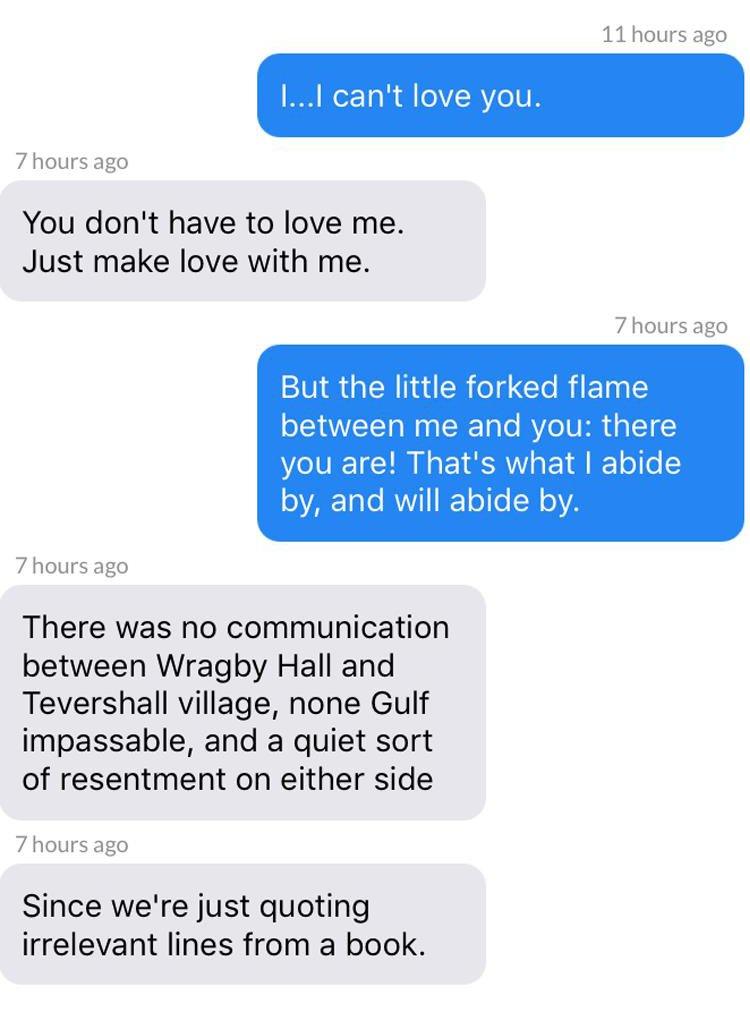


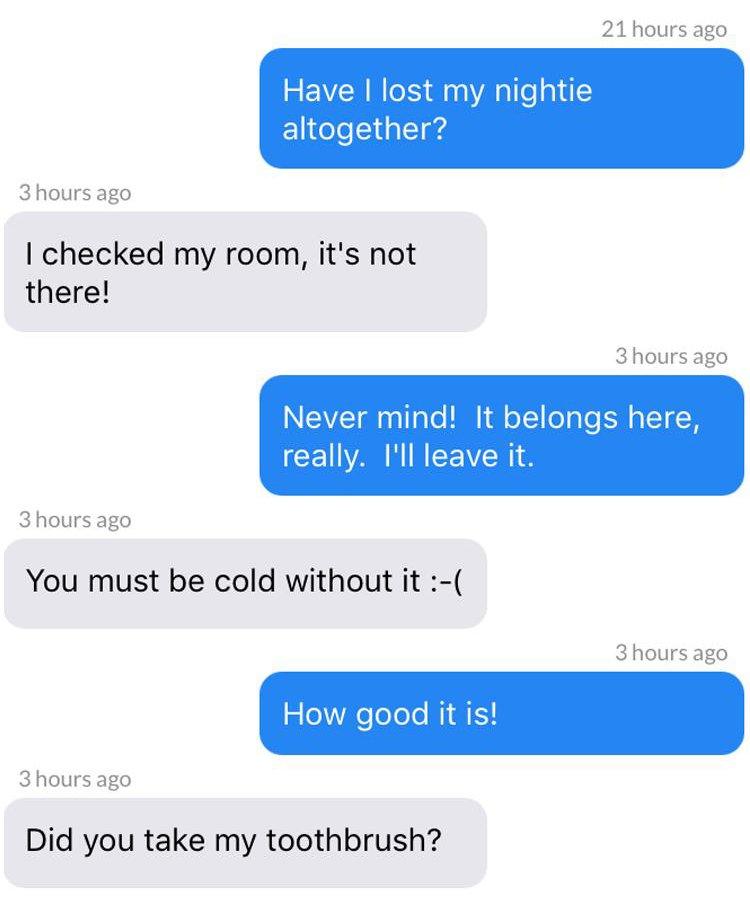


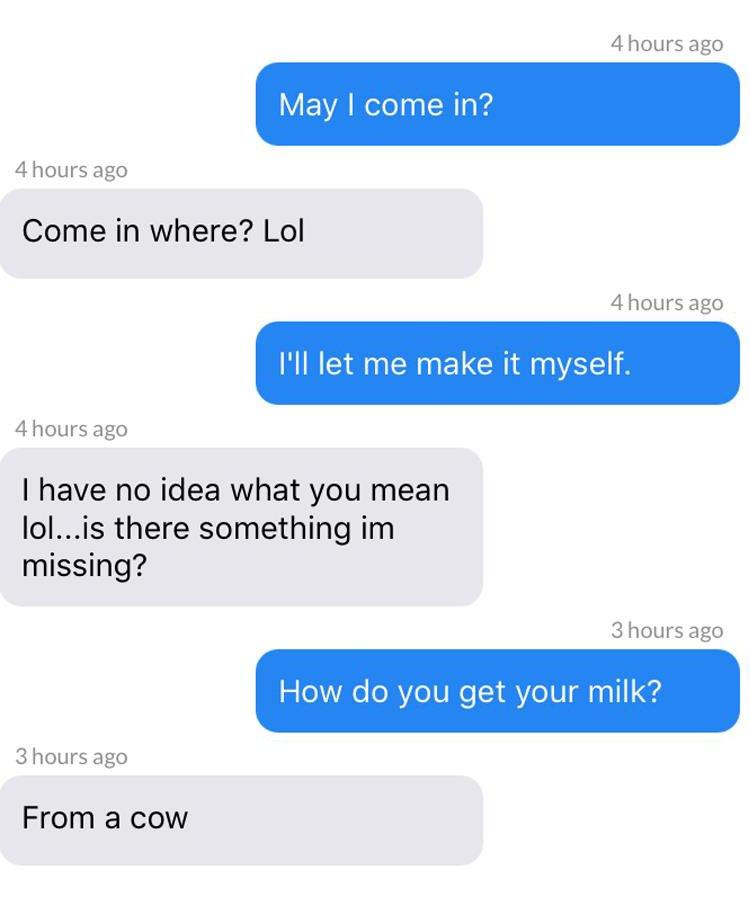


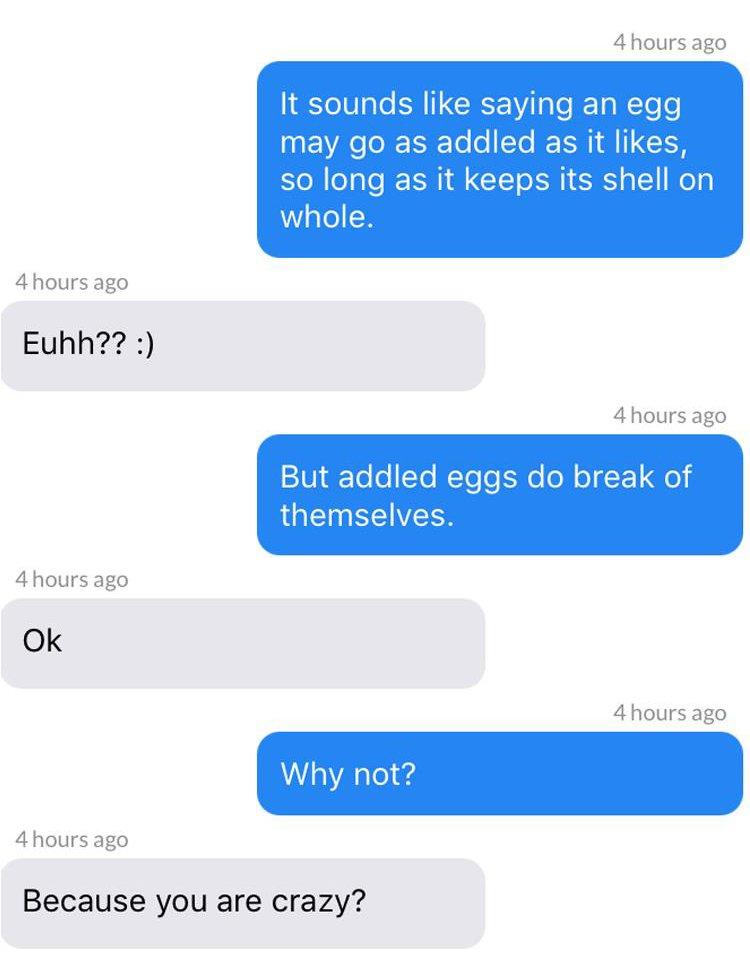


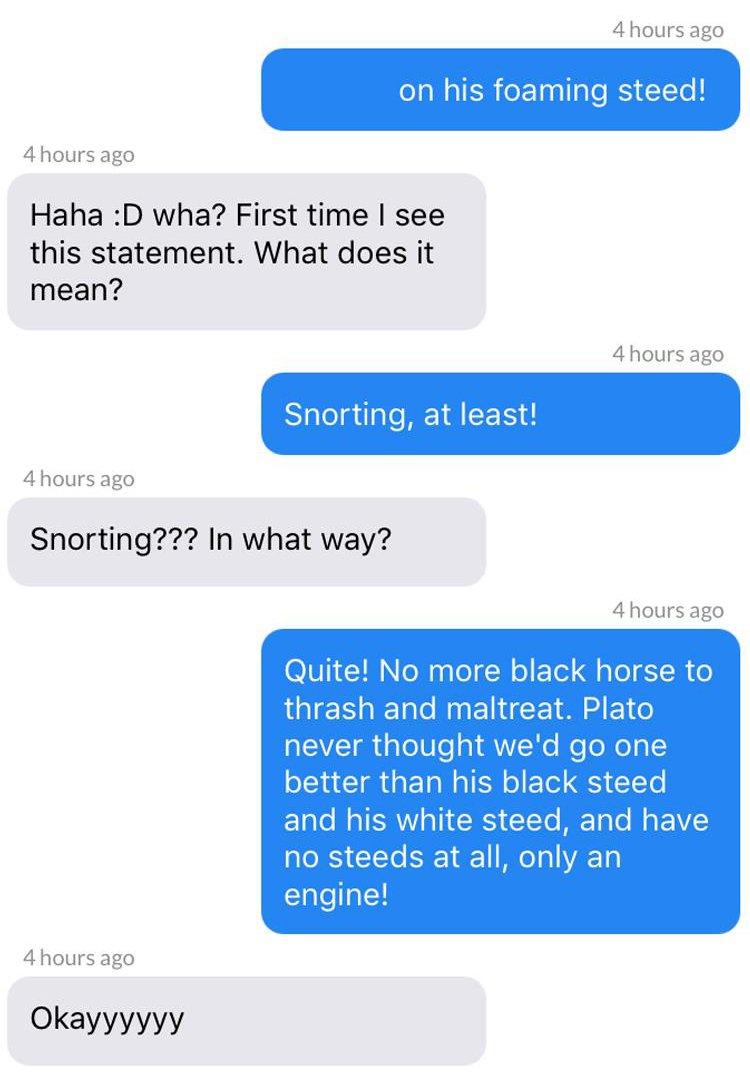

Heaney used her own photo for Lady Chatterley's profile picture, and her boyfriend's photo for Clifford and Mellors.
The Tinderbots used an algorithm to analyse the human's message and decide which quote to send in reply.
"If it sounds more positive, the bot will reply using a more positive message," Heaney says. "And if it is more negative it will reply using a more negative message, but all still taken from the book."
The book was notorious for its language and was banned in the UK until an obscenity trial cleared it for publication in 1960. Some of the chat-up lines used by the bots included the explicit language.
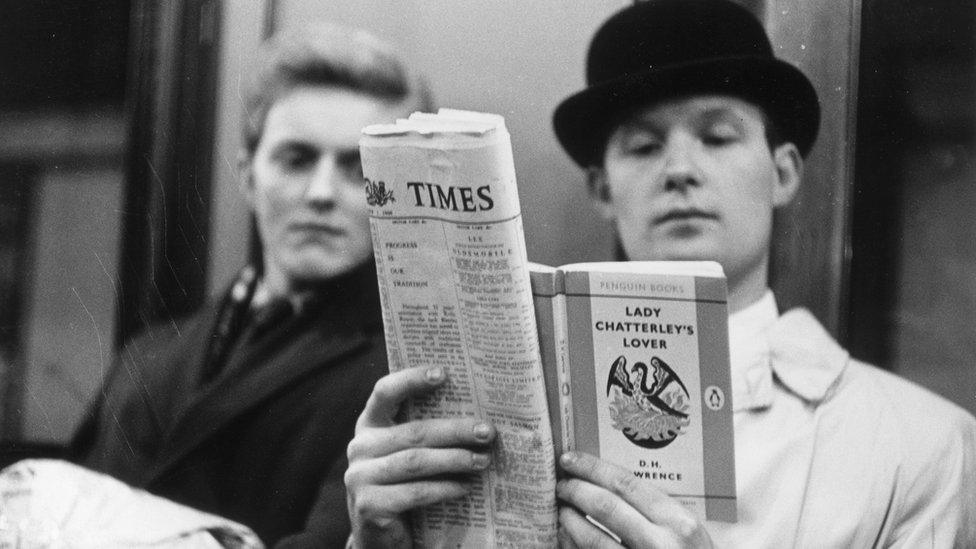
The book was banned in the UK for more than 30 years
Heaney says there were other considerations. The bot only sent a maximum of three messages to any one person to avoid stringing them along.
"The person might keep replying after that. Some people replied 10 times after that. Obviously they really liked her or him."
The artist says she wanted to think about whether it's good that we're automating parts of our lives - and whether that might extend to things we think are very personal, like falling in love.
"In terms of thinking to the future and how we're automating different aspects of our lives, there's really a strong sense that we're going a bit too far, we're trying to automate our love lives," she says.
The software she used was available to anyone. "It does pose questions about how maybe we'll all have a robot at some point to act on our behalf," she says.
"So there might be a virtual Libby who goes on Tinder with a virtual someone else and eventually the bots fall in love - so you think, maybe I'll chat to him in real life now.
"So it's asking questions about how far digital automation comes into things that you think are very, very human."
The conversations will be shown on a screen as part of the Humansbeingdigital exhibition at The Lowry from 18 November to 25 February 2018.

Follow us on Facebook, external, on Twitter @BBCNewsEnts, external, or on Instagram at bbcnewsents, external. If you have a story suggestion email entertainment.news@bbc.co.uk.
- Published14 November 2017
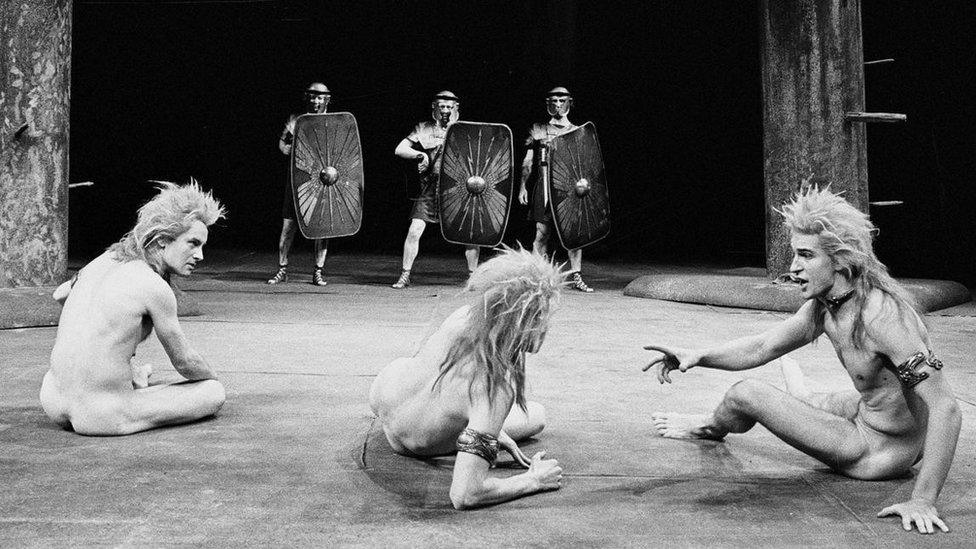
- Published24 April 2014
